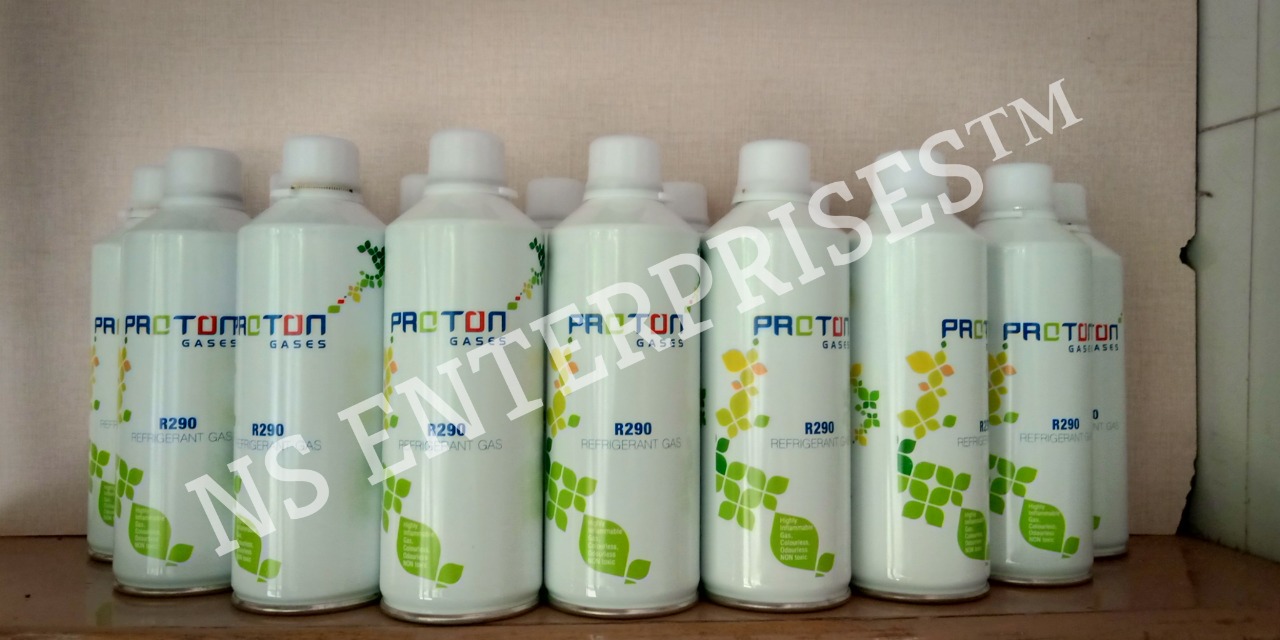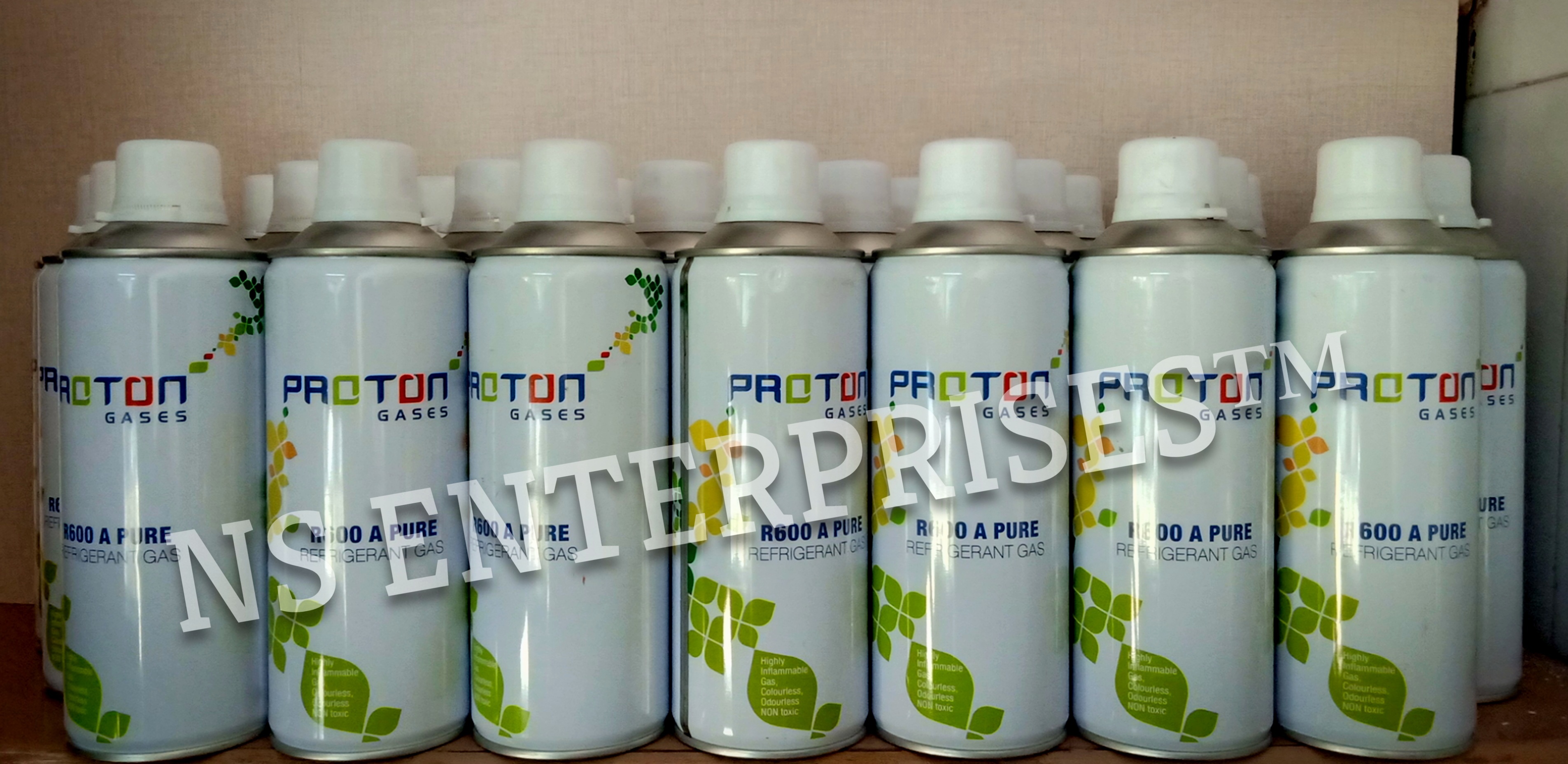Proton Cane
PROTON R290A REFRIGERANT GAS CANE

Product Details:
| Specific Name | R290 |
| Usage/Application | commercial refrigeration,chill cabinets and vending machines,cold storage and food processing |
| Packaging Size | 150 gram |
| Packaging Type | cane |
| Types | Hfcs |
| Boiling Point | -42 |
| Cylinder Material | cane |
| Bubble Point | NA |
| Melting Point | -188 |
| Molar Mass | 4,4.1 g/mol |
| Solubility In Water | NA |
R290 is the common name for high purity propane (C3H8) suitable for use in the refrigeration and air conditioning industry. It is also known as CARE® 40. Linde has been a leading supplier of refrigerants for over 40 years, operating in 40 countries in 5 continents. We have long experience working with natural refrigerants including hydrocarbons, and can provide technical and product stewardship support. Our industrial gases heritage provides extensive experience in logistics and a wide product range including leak detection, cutting and welding gases.
The product typically is at least 97.5% pure with minimal levels of critical impurities including moisture and unsaturated hydrocarbons. This makes it ideal for use in all types of refrigeration systems. Linde R290 – Cool by nature.
The product typically is at least 97.5% pure with minimal levels of critical impurities including moisture and unsaturated hydrocarbons. This makes it ideal for use in all types of refrigeration systems. Linde R290 – Cool by nature.
Proton R600A Refrigerant Gas Cane

Product Details:
| Specific Name | R600a |
| Usage/Application | Generally in Domestic Refrigeration |
| Packaging Size | 200gm |
| Packaging Type | Cane |
| Types | Hfcs |
| Boiling Point | -11.6 |
| Molar Mass | 58.1 |
| Critical Density | 0.60 |
R600a is refrigerant grade Isobutane, a natural, or “not in kind”, refrigerant suitable for use in a range of refrigeration applications. The use of R600a is increasing due to its low environmental impact and excellent thermodynamic performance and it is now the refrigerant gas of choice in domestic and small commercial refrigerators. It is non-toxic with zero ODP (Ozone Depletion Potential) and very low GWP (Global Warming Potential).
